 EN
EN
 PT
PT
Tools for effective and inclusive language education
Product: Book
Trim size in cm: 20x27cm
Pages: 368
ISBN: 9788859029274
Publication date: 01/03/2025
REQUEST A SAMPLE OR MORE INFORMATION
The main goal of this book is to provide a comprehensive and practical guide to understanding Special Educational Needs (SEN) related to language learning, specifically Specific Linguistic Needs (SLN), enabling educators to implement effective and functional interventions.
This resource offers practical strategies and operational tools to support students with Specific Linguistic Needs, fostering an inclusive learning environment that benefits the entire class.
Bringing together the expertise of leading specialists in inclusive education, this book adopts a theoretical and practical approach, offering guidance, strategies, and intervention proposals. It serves as a valuable tool for educators facing the increasingly complex challenges of modern schooling.
Introduction
SECTION I – UNDERSTANDING AND REFLECTING
Introduction

EACH GUIDE OFFERS A PROGRAMME IN 4 STAGES
 KNOWING, OBSERVING, EVALUATING
Clear and exhaustive definition of the disorder, diagnostic criteria, integration of children in class, the evaluation process
KNOWING, OBSERVING, EVALUATING
Clear and exhaustive definition of the disorder, diagnostic criteria, integration of children in class, the evaluation process
 PLANNING AND PUTTING INTO ACTION
Strategies and practical interventions to be enacted at school to deal effectively with teaching and educational special needs
PLANNING AND PUTTING INTO ACTION
Strategies and practical interventions to be enacted at school to deal effectively with teaching and educational special needs
 REFLECTING ON AND UNDERSTANDING
Consequences in the spheres of emotions, relationships, self-esteem and self-perception
REFLECTING ON AND UNDERSTANDING
Consequences in the spheres of emotions, relationships, self-esteem and self-perception
 JOINING FORCES AND SHARING
Strategies to act synergically and involve school and family to improve the childs wellbeing
JOINING FORCES AND SHARING
Strategies to act synergically and involve school and family to improve the childs wellbeing
IN EACH CHAPTER YOU CAN FIND...

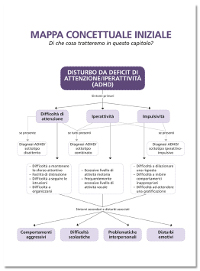 a conceptual map that illustrates the main contents and how they are related
a conceptual map that illustrates the main contents and how they are related
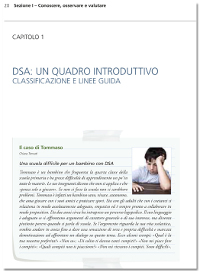 presentation of case examples, through short descriptions, portraying children in their daily typical situations
presentation of case examples, through short descriptions, portraying children in their daily typical situations
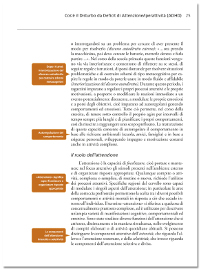 questions and key points alongside each paragraph to tell the reader what it is talked about
questions and key points alongside each paragraph to tell the reader what it is talked about
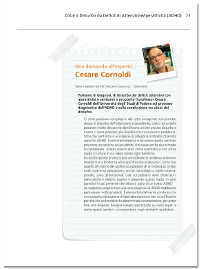 interviews with experts on the most debated and current aspects of the disturbs
interviews with experts on the most debated and current aspects of the disturbs
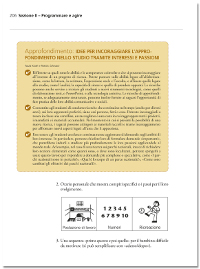 in-depths explanations of meaningful concepts and terms
in-depths explanations of meaningful concepts and terms
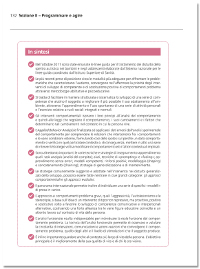 final summary box of the main contents dealt with in the chapter
final summary box of the main contents dealt with in the chapter